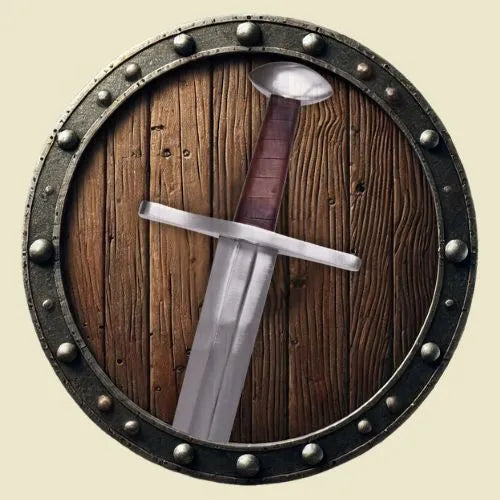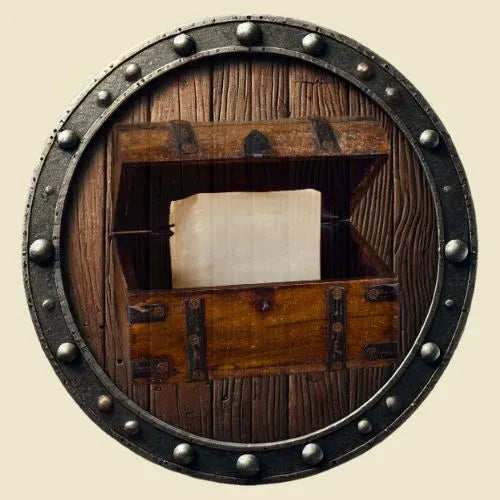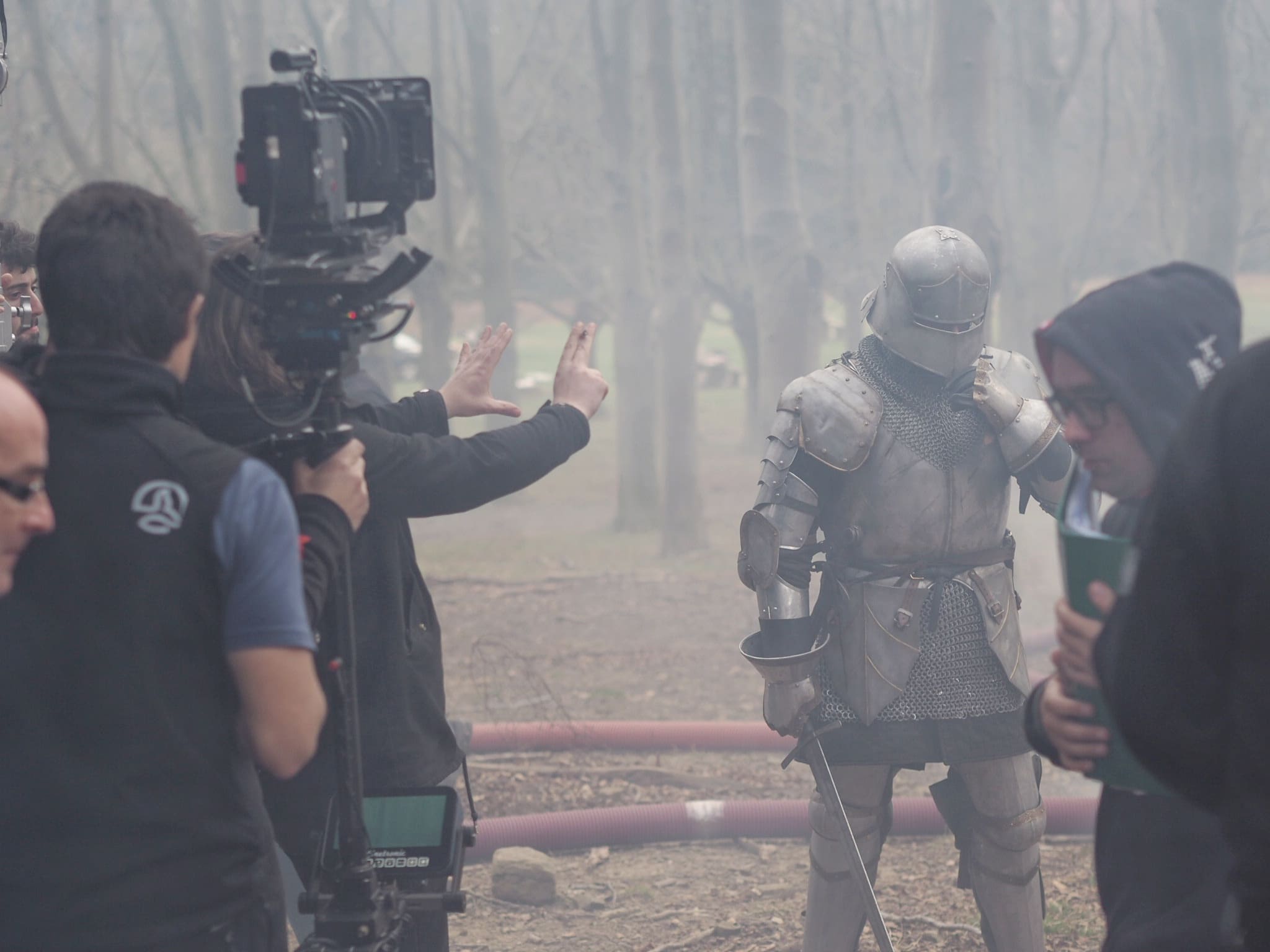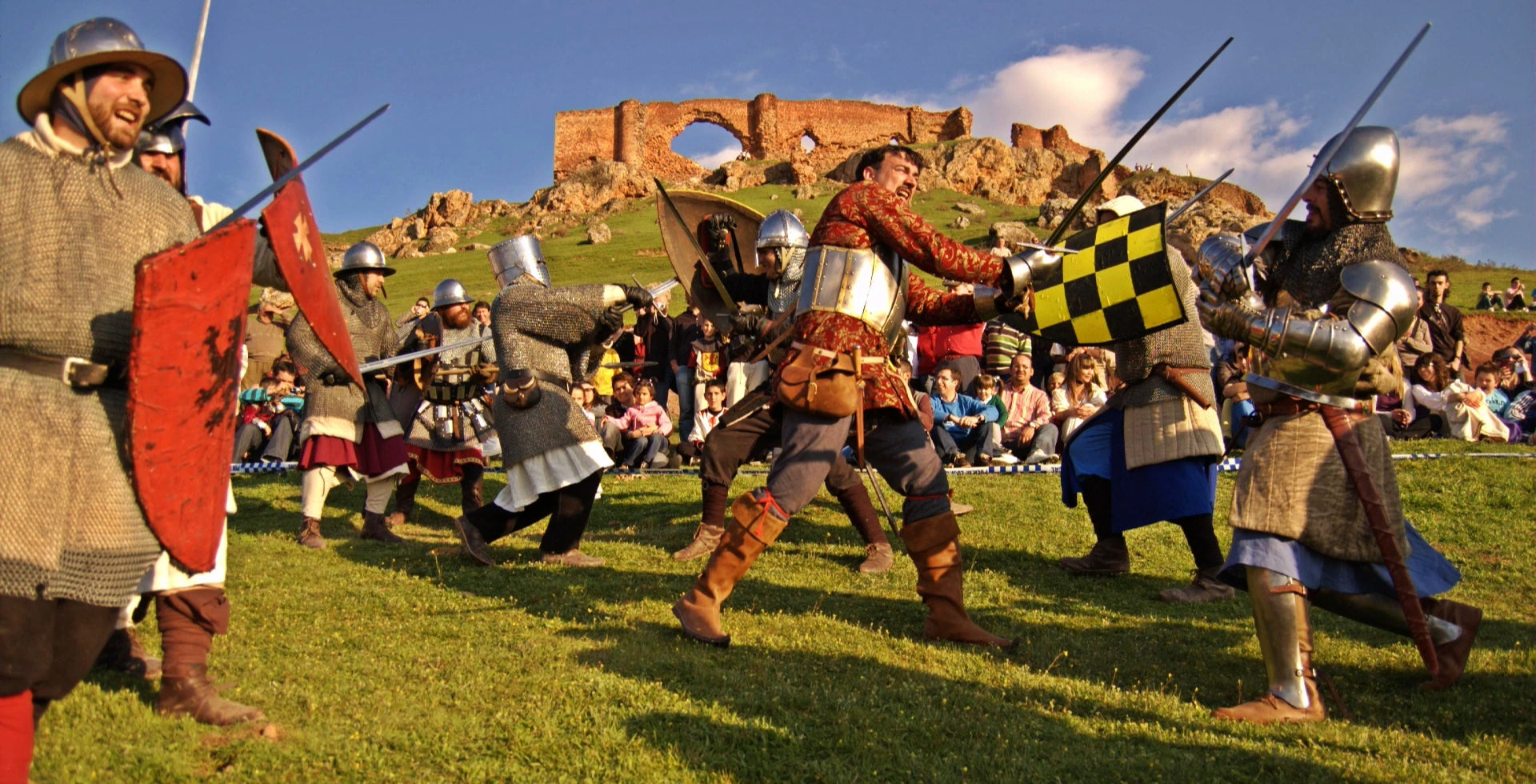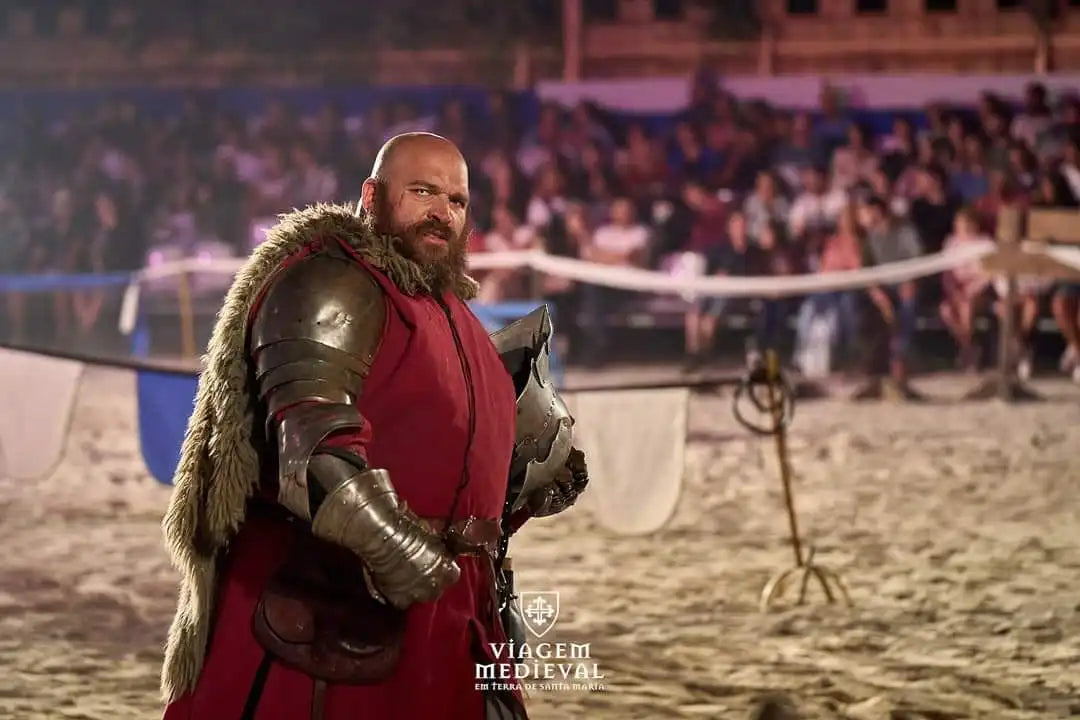Choose options
Enjoy Ancient War Magazine Vol IV -6 - Royal Stagnation - Hellenistic Kingdoms
Ancient Warfare IV.6, December 2010/January 2011
Released on December 15
Topic: Royal stalemate - Hellenistic kingdoms at war
Introduction: Bob Bennett and Mike Roberts, "Introduction to the Subject." Illustrated by Carlos de la Rocha
In 300 BC, the world east of a line drawn from the Adriatic to Cyrene, and as far east as India, was the realm of the heirs of Alexander the Great. In this world, three true Methuselahs were charged with establishing their dynasties.
The source: Michael J. Taylor, 'Disciplinary Measures - The Regulation of Amphipolis' Much as he admired the Roman army, the historian Polybius (c. 150 BC) described Macedonian soldiers as highly disciplined and extremely effective: not only are they fearless in land combat, but they readily render temporary service at sea, and are also diligent in digging trenches, erecting palisades, and all such hard work, just as Hesiod depicts the sons of Aeacus as having to 'rejoice in war as at a banquet' (5.2.5-6, Loeb translation). Confirmation of this picture was found in 1934, in the form of a badly damaged inscription from Amphipolis.
Subject: Ruben Post, 'Bright Colors and Uniformity - Hellenistic Military Costume'
The Hellenistic period was a time of widespread and increasingly professionalized warfare in the eastern Mediterranean. From Philip II onward, Macedonian kings assembled powerful armies of mixed troops, composed of massed cavalry, mobile skirmishers, and a backbone of well-trained heavy infantrymen who formed the pike-armed "Macedonian" phalanx. The gradual expansionism of the second half of the 4th century BC erupted under Alexander the Great, who incorporated huge swathes of the western half of the Old World into his empire, but it came to an end with his death and the fragmentation of his domains into smaller warring states. As a result of the expansion of Macedonian soldiers throughout the Hellenistic world, their costume became fashionable among soldiers everywhere.
Subject: Mateusz Lobacz, 'On the Edge of Hellenism: Greek Armies in Bactria and India.' Illustrated by Ángel García Pinto.
After Alexander the Great's death, his spear-won empire was shattered. Part of his empire became known as Bactria, a land previously known only through tales and myths. As a result of the population efforts of Macedonian soldiers, this country became a thriving Hellenistic community. The mountainous territories of present-day Afghanistan and southern Tajikistan formed a barrier between two completely different worlds of "civilized" sedentary peoples and, in the vast steppe wastelands, wandering nomadic tribes of Iranian origin.
Subject: Michael Park, 'Climax of the Syrian Wars: The Battle of Raphia, 217 BC'. Illustrated by Igor Dzis and Carlos de la Rocha.
On the afternoon of June 22, 217 (all dates are BC), Ptolemy IV Philopater, probably at the insistence of his generals, resolved to bring Antiochus III into battle. The two armies had been encamped opposite each other for nearly five days, and the failed attempt on Ptolemy's life by Theodotus, his former governor of Celei Syria, now in the service of the Seleucids, was a product of this delay (Polybius 5.82.1; 81.1-6 – all references to this author unless otherwise noted). Two days earlier, Antiochus had shortened the distance between the two camps from 1.8 kilometers to just under a kilometer. As a result, there was frequent fighting at the watering places, as well as infantry and cavalry skirmishes in the space between the camps (5.80.5-7).
Subject: paul mcdonnell-staff, 'macedonia's last hurray: the third macedonian war and pydna'. illustrated by johnny shumate thracians with heads on their romphaia - artwork by johnny shumate
When he saw this and observed that the rest of the Macedonians took the peltai that hung over their left shoulders and brought them close before them, they all suddenly leaned their pikes against the shields of their enemies and considered the great force. Seeing this wall of shields and the formidable appearance of a front bristling with weapons, he was astonished and alarmed; nothing he had heard of before had been equal to it; and in later times he used to speak frequently both of the sight and of his own sensations. (Plutarch, Life of Aemilius Paul 19.1)
Readers will recall that in a previous article, I described Sparta's demise as a military power at the hands of Macedonia during the Battle of Sellasia in 222 BC (Ancient Warfare II.2). This article provides a sequel by describing Macedonia's demise.
Subject: Christopher Webber, 'Fighting on All Sides: Thracian Mercenaries of the Hellenistic Age'
The Thracians were one of the most popular peoples employed as mercenaries or allies by the Hellenistic states: they were even used by the Romans. Thracians were employed as light infantry (armed with bows, slings, or javelins), as medium infantry, and as light cavalry. Their unique combat capabilities and the strategic location of their homeland meant they were involved in every conflict in the eastern Mediterranean region. The Romans developed great respect for the Thracians due to their ferocity and physical strength. Later, Thrace became Rome's third most important recruiting ground.
Special: Ross Cowan, 'Sticks and Stones: Low-Tech and Improvised Weapons'
Not all Greek and Roman soldiers went into battle equipped with a helmet and breastplate, sword, spear, and shield. Many had no armor at all and were armed with the most basic weapons: sharpened sticks or clubs and stones they collected from the ground or streambeds.
The Debate: Duncan B. Campbell, 'Women in Roman Forts: Residents, Visitors, or No Entry?' Illustrated by Andrew Brozyna
Twenty years ago, Margaret Roxan, known for her studies of Roman auxiliaries, raised the issue of women on the frontiers. Of course, it was never in doubt that women and children were part of the communities that often grew up outside Roman forts, but recently there has been a tendency to postulate their existence within the forts as well. Criticism has been leveled at traditionalists, who view military garrisons as male-oriented environments in which the fort's ditches formed a symbolic barrier between military and civilians. But is there any firm evidence to refute this? Did women ever live in Roman forts?
At Tienda Medieval, we have thousands of medieval and other period products. Discover them!
Free shipping
The entire Iberian Peninsula from €60 (*Does not include islands) and shipping worldwide. Check our rates.
Customer service
We are available Monday through Friday to answer your questions.
Secure Payment
We comply with all regulations to ensure Secure Payment
Contact us
Need to contact us? Just email us at info@espadasymas.com

